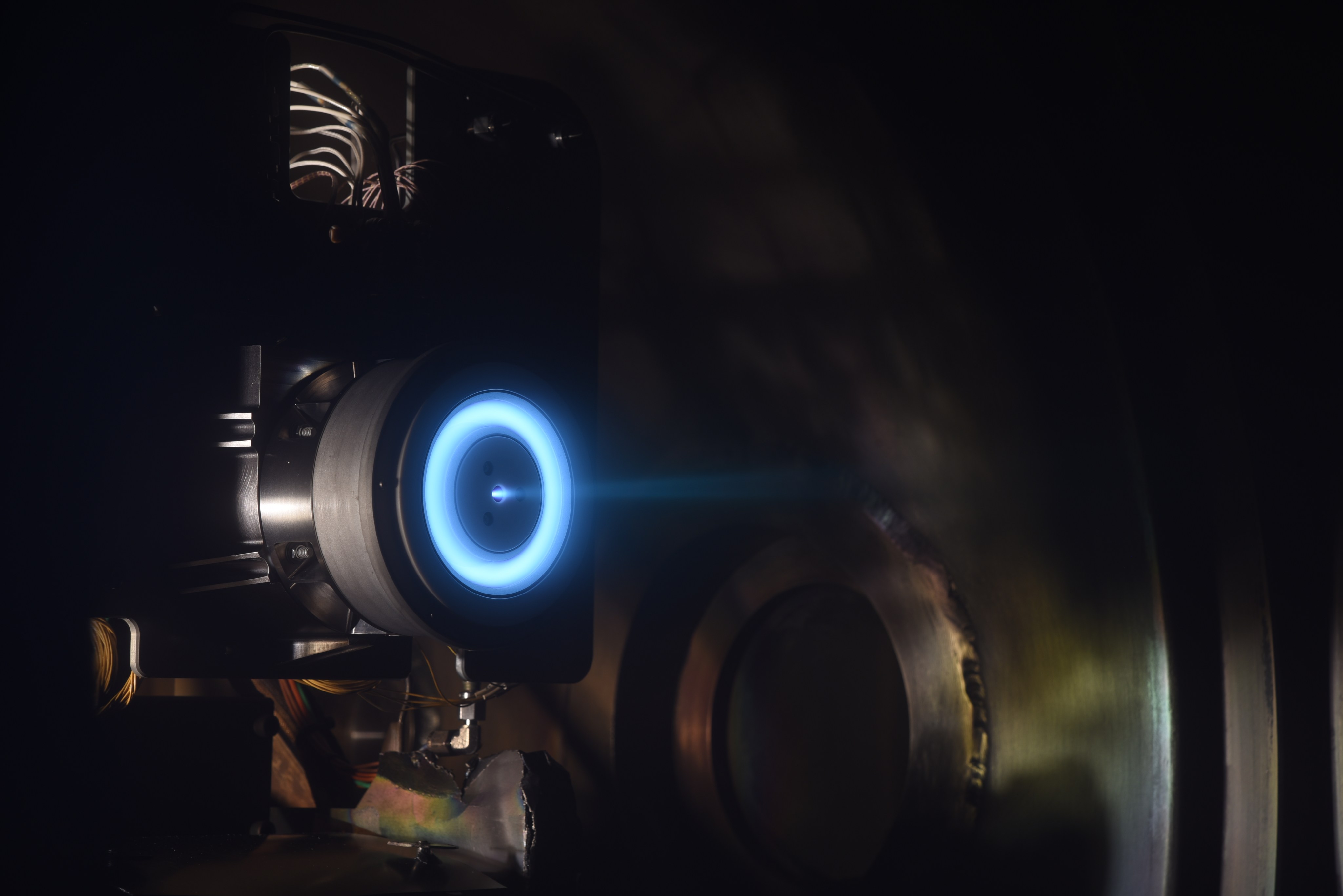3 min read
If you love stargazing, there's a date you need to mark on your calendar. It's June.
That's right, the whole month!
Throughout the month of June 2015, the two brightest planets in the night sky, Venus and Jupiter, are going to converge for a jaw-dropping close encounter. You don’t want to miss any of the action.
Venus and Jupiter are converging for a must-see close encounter at the end of June. It could be the best backyard sky show of 2015.
When the sun goes down, step outside and look west. You don't have to wait until the sky fades to black. Venus and Jupiter are so bright, you can see then shining through the twilight. In fact, some people say the planets are especially beautiful when they are surrounded by the cobalt hue of the early evening sky--so don't wait.
During the first two weeks of June, Venus and Jupiter converge until they are only about 10 degrees apart. For reference, this means they would just fit together inside the bowl of the Big Dipper. You could hide them both, simultaneously, behind the palm of your outstretched hand.
This is pretty close, but by the end of the month this distance will shrink by a factor of 30.
In fact, every night in June, the separation between Venus and Jupiter will visibly shrink.
One good night to check on their progress is June 12th. After dark, scan the sky around Venus with binoculars. You can see the Beehive Star cluster! Venus will be passing right by it.
On June 18th, Venus and Jupiter will be only 6 degrees apart. Now you can hide the two behind just two or three of your fingers with your arm outstretched.
On June 19th, something exciting happens: the crescent Moon joins the show. On that evening, the Moon, Venus and Jupiter will form a bright isosceles triangle in the sunset sky. Isosceles means that two sides of the triangle are the same length. This is how most sky watchers in North America will see it.
One night later, on June 20th, the vertices rearrange themselves, forming yet another isosceles triangle. Never has a geometry lesson been so beautiful.
The nights of June 19th and 20th, by the way, are good nights to look through a telescope. Even a small telescope will show you the fat crescent phase of Venus, the cloudtops and largest moons of Jupiter, and the rugged terrain of Earth's own Moon. Swing your optics around the triangle for a fast-paced heavenly show.
The main event occurs on June 30th. On that night, Venus and Jupiter will be a jaw-dropping 1/3rd of a degree apart. That's less than the diameter of a full Moon. You'll be able to hide the pair not just behind the palm of your outstretched hand, but behind your little pinky finger.
Wow. Here's hoping you spend a lot of time under the stars and planets in June.
For more news about bright lights in the night sky, stay tuned to Science.nasa.gov







